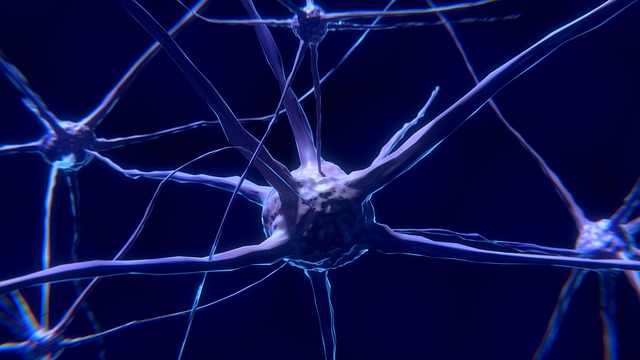If you have been doom-scrolling your social media in the last few days or even months, you might be familiar with the term vagus nerve. The nerve that runs from your brain to the abdomen has become an object of immense fascination from ‘well-being gurus’ and social media enthusiasts.
TikTok videos and Instagram posts titled vagus nerve, vagus nerve exercises, and vagus nerve stimulation, among others, have crossed millions of views. The most popular videos involve teaching ways to stimulate or tone the vagus nerve, with men and women pushing their faces in ice-cold water or lying with their backs on ice slabs. You will also find vagus nerve exercises like massages, deep-breathing exercises, and much more.
The wellness industry soon jumped the trend with vagus nerve exercise oils, pillow mists, and vibrating bracelets that claim to stimulate your vagus nerve. However, these methods have yet to find endorsements from the scientific community.
Is there any scientific evidence behind these claims supporting vagus nerve exercises? If yes, what are the benefits associated with them? And what is this vagus nerve anyways?
In this post, we will dive deeper into the trend of vagus nerve stimulation and understand what it really means. Let’s get started.

Firstly, What Is The Vagus Nerve?
Contrary to its name, the vagus nerve is not one nerve. It is actually two bundles of nerve fibers that run from the brain to the abdomen. Each of the bundles contains almost 80,000 nerve fibers. The Vagus nerve is also referred to as the body’s information super highway. This is because it transfers sensory and motor information between the human brain and other organs.
The human body has two types of nervous systems – sympathetic and parasympathetic. The sympathetic nervous system is responsible for the stress response, generally known as the flight and fight response, whereas the parasympathetic system is responsible for the rest and digest response. The Vagus nerve is the first cranial nerve attached to the parasympathetic system and helps us relax and calm down.
What Is Vagus Nerve Stimulation?
Vagus nerve stimulation is the process of transferring electric impulses to the vagus nerve through internal or external devices to alleviate symptoms of a particular condition. When the device transmits the electric stimulation to the vagus nerve, it sends signals to the brain and other organs.
The Food And Drug Administration Agency (FDA) has permitted the use of vagus nerve stimulation devices for treating conditions like:
- intractable epilepsy,
- depression,
- opioid withdrawal,
- stroke rehabilitation,
- migraine, and
- irritable bowel syndrome.
Read more: The Two Different Types Of Happiness In Psychology
How Can You Practice Vagus Nerve Stimulation Exercises At Home?
You might wonder why none of the people on Tik Tok were using a handheld or implanted divide to stimulate their vagus nerves, right?
Well, it turns out there ARE other vagus nerve exercises that can stimulate the said nerve. However, the catch is these methods are not well-researched.
Some vagus nerve stimulation exercises are:
1. Mediation and breathing exercises
As per research by Andrea Zaccaro and the team, meditation, and breathwork are good vagus nerve exercises that can help lower cortisol (stress hormone) levels and heart rates. When you take slow deep breaths, and your heart rate slows down, it sends a message through your vagus nerve to the brain, signaling you are safe.
2. Exercising
Research by Y Arai and team found that exercising might also help vagus nerve stimulation. The dopamine release combined with the anti-inflammatory advantages of exercising can help stimulate the vagus nerve.
3. Coldwater
As per research by Vinícius de Oliveira Ottone, immersing yourself in cold water can significantly lower your blood pressure and heart rate, thereby stimulating the vagus nerve. However, if you are like the majority of us who wouldn’t fancy jumping into ice-cold water in the middle of the day, there is a way out. Using cold stimulation at the lateral side of your chest and neck can help in vagus nerve stimulation.
Read more: Meditation For The Modern Age – Headspace App Review
Conclusion:
Vagus nerve exercises are the new ‘IT’ thing on social media and have been an instant hit among the masses. The clinical use of artificial devices for vagus nerve stimulation has been approved by FDA. Besides, several other ways, like cold water immersion, chanting, and meditation, can also help stimulate the vagus nerve.
While these activities might help gain long-term benefits for people’s mental and physical health, more research is required to pinpoint their exact uses.
While vagus nerve stimulation exercises for mental health remain dicey, there are other sure-shot ways to take care of your mental health. One such powerful way is therapy. Access to therapy is now easier than ever with the advent of online therapy platforms. To read more about them, click here.
To continue learning about mental health, subscribe to Your Mental Health Pal.

